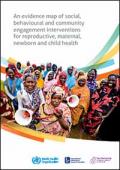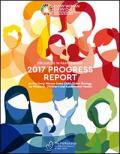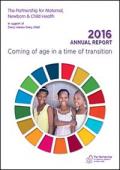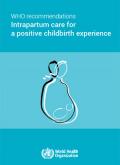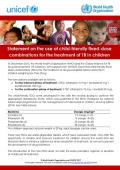Publications on Children

The 2018 United Nations General Assembly High-Level Meeting (HLM) on Tuberculosis and the current revision of the Roadmap for childhood tuberculosis together present an important moment to consolidate and advance advocacy, commitment, resource mobilization and joint efforts by all stakeholders to provide health care and address the burden of TB among children

Far too often, millions of uprooted children and young people are invisible in data. They face discrimination and isolation as they seek to make new lives for themselves. Many do not have access to national or local services and fall through the cracks of child protection systems as they cross borders. Indeed, data are scarce, and little is known about their health, their education, or how migration affects their futures.
Too often, they are talked about, but rarely are they listened to. This new poll provides an opportunity to listen.
